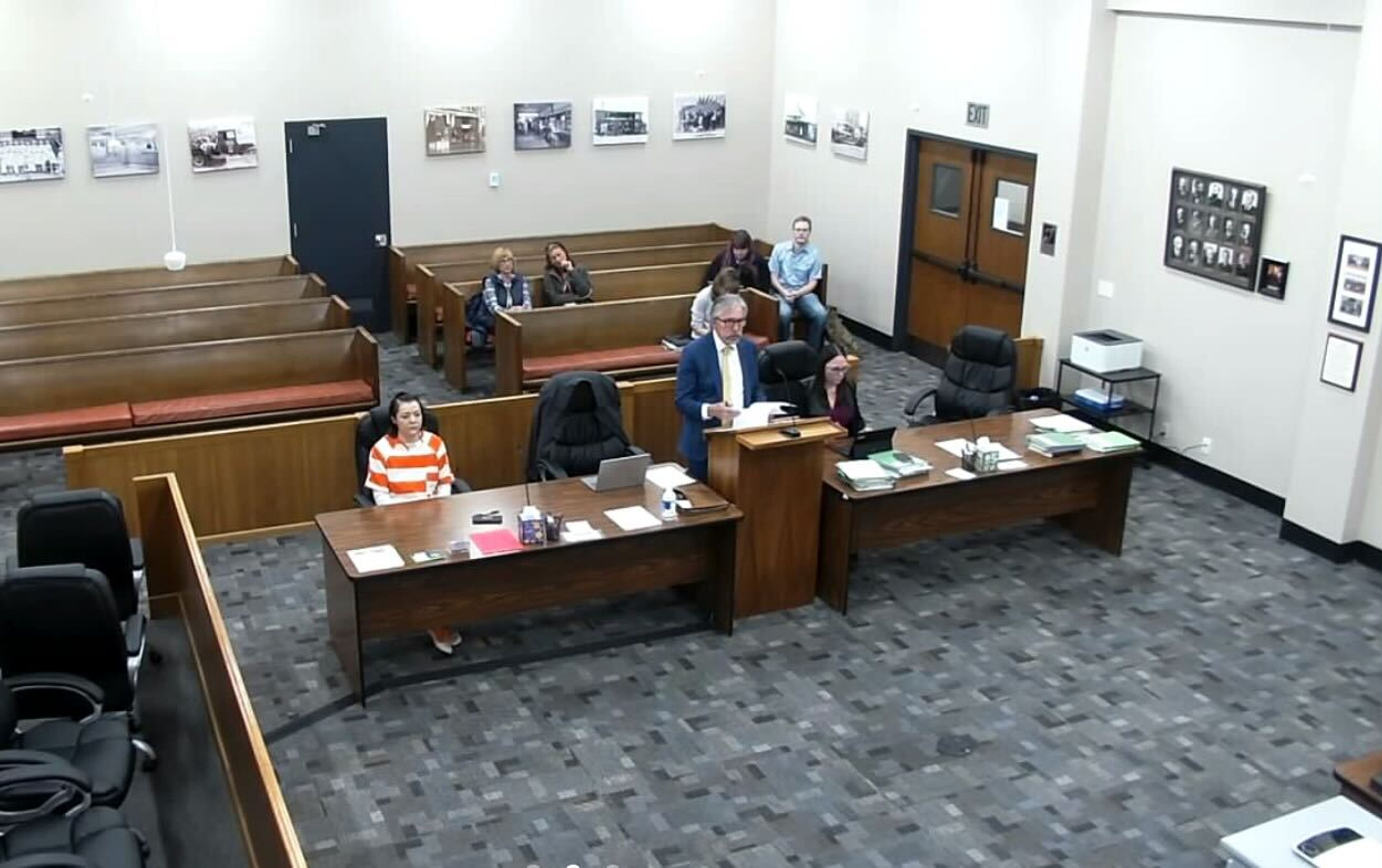GRANGEVILLE — Thirty-five to 40 mill workers will be out of a job Friday when Idapine Mills here shuts down indefinitely its third shift.
Idapine spokesman Calvin J. Hogg said Monday that changing market conditions and uncertainty regarding long-term availability of timber are the primary causes that prompted the decision.
‘’The key here is the availability of affordable timber. Volumes are going down and it’s not going to get any better,’’ Hogg said. ‘’We’re not saying we don’t have a current timber supply,’’ but with a declining consumer market coupled with the high prices of timber sales, ‘’we can’t be assured of having a profit and we can’t pay any price.’’
Hogg refused to point a finger at any one factor in the timber market economy, such as the availability of timber sales by the U.S. Forest Service or protests over sales, such as the current Cove-Mallard sale in Idaho County, by sportsmen.
These things are ‘’unfortunate ... but it’s just not in our nature to come out and make a big fuss and say that’s the reason,’’ Hogg said. If the Cove-Mallard sale were not an issue, ‘’it would have been something else.’’
The Nez Perce National Forest plans to sell 77 million board feet of timber off the 80,000-acre Cove-Mallard roadless area, formerly known as the Jersey-Jack area, in the next five years.
Last week the agency rejected appeals of the environmental impact statements of the Cove-Mallard by the Idaho Sportsmen’s Coalition and a Dixie outfitter. The group has said it will appeal the agency’s action in court.
Hogg said Idapine does not foresee the affordable availability of long-term timber supplies to sustain three shifts. By reducing the operation to two shifts, the company will concentrate on meeting the demands of the marketplace and keep the jobs for its remaining employees stable.
Currently the mill employs 200 workers.
Idapine’s sister mill, Clearwater Forest Industries at Kooskia, will not be curtailed, Hogg said.
Idapine buys about 70 percent of its timber from national forests. The rest comes from state or private lands.
Joseph C. Bednorz of the Forest Service at Grangeville said the agency has not been meeting its own quota of 108 million board feet of timber each year that was set out in the 10-year forest plan.
That is because a variety of considerations, including other forest resources such as wildlife habitat and water quality, have to be taken into account when a timber sale is planned.
‘’It’s taking longer and it’s more difficult to produce’’ environmental impact statements and environmental analyses than was earlier expected, Bednorz said. And the process is further complicated by special interest groups that continue to challenge Forest Service timber sale plans.
Last year, for example, the agency offered only about 68 million board feet of timber for sale. This year so far the agency has offered 28 million board feet for sale and projects the total allowable sale quantity for this fiscal year will be about 60 million board feet, Bednorz added.
Those figures are variable because some sales carry over from one fiscal year to the next, he said.
Prices for timber are up, according to Glenn Yingling, also of the Forest Service. But that is because buyers have been bidding more, which causes the advertised bid price to be set higher.
Although there is great competition for the timber available in this region, Yingling and Bednorz said they have had nothing but a few telephone inquiries from West Coast timber buyers who may be looking for new resources. Logging in coastal forests has been restricted because of efforts to preserve spotted owl habitat.
John K. Purdy of the Grangeville Job Service said that while the 35 to 40 lost jobs at Idapine will mean about a half million dollars in payroll, the overall impact should not be too negative.
‘’I’m optimistic that those people (who will be losing their jobs) will be absorbed back into the community. Of course there will be some people who will move on because of greener pastures elsewhere,’’ Purdy said.
‘’I don’t think it will have a serious negative effect in the community. I’m not minimizing it or glossing over it, but the community is not going to fold up and blow down Main Street.’’
This story was published in the June 4, 1991, edition of the Lewiston Tribune.








